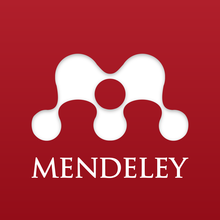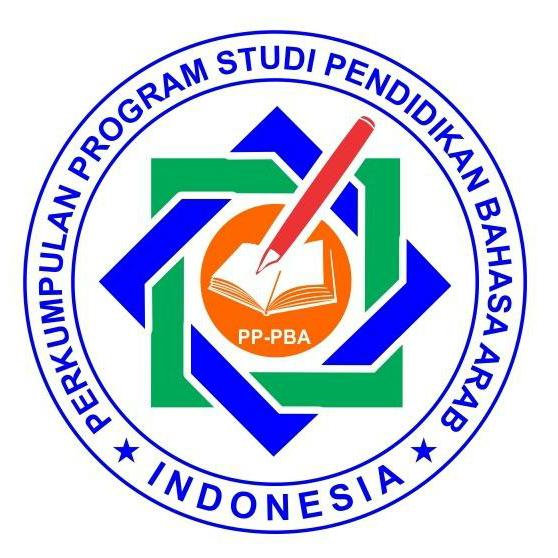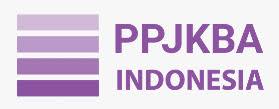I’dād al-Mawād al-Ta’līmiyyah li Mahārah al-Kalām ‘alā Asās al-Żakā’āt al-Muta’addidah bi al-Madrasah
DOI:
https://doi.org/10.37680/aphorisme.v2i1.645Keywords:
Learning Materials, Speaking Skilss, Multiple IntelligencesAbstract
In learning to speak, teachers need teaching materials as tools/ media to help the success of the learning process so that students can master speaking skills. Success in the learning process sometimes fails to materialize due to a lack of student interest, because the material used is less attractive and does not match the type of intelligence/ potential of the student. Students have at least 8 types of intelligence but sometimes only a few are dominant. Students who tend to have certain intelligence will be more interested in carrying out learning activities according to their potential. So it is natural that it is still not successful because the teaching materials used do not contain material that is appropriate to the type of student intelligence.
Objectives: 1). Describe the characteristics of teaching materials; 2) Knowing the feasibility of teaching materials; 3) Detecting the effectiveness of Arabic learning using teaching materials for learning multiple intelligences-based speaking skills.
The method used is the research and development method. The validator of this case is an expert on the Arabic language and teaching material design. The subject of the field trial was 22 students. The data collection techniques are interviews, questionnaires, and tests.
These conclusions are as follows: 1) The material contains educational books and CDs following the lessons learned. The validity of the material was prepared through three stages: reviews from language experts 94.1% with excellent scores, and experts in education and material design 84.1% with good scores. 2). The material specifications include the book title "Teaching Multiple Intelligences Speaking Skills". 3). The effectiveness of the material designed by the researcher has the effectiveness in improving the students' speaking ability. This can be seen in the pre-test and post-test results that the t-score calculated in this study (8.217) is greater than the t score at the 5% significance level.
References
إسمعيل صينى, محمد و على محمد القاسمىز 1980. السجل العلمى للنحوية العالمية الأولية لتعليم العربية لغير الطقين بها الجز الثانى (الرياض: مطبعة جامعة الرياض.
الخولى. 1986. محمد على, أساليب تدريس اللغة العربية, (الرياض : المملكة السعودية العربية, الطبعة الثانية.
ادريس جوهر, نصرالدين. 2009. محتوى الكتاب المقرر, تعليم مهارة الكلام بطريقة السمعية الشفهية ,(دراسة تجريبية في مدرسة الثانوية " منبع الصالحين الثاني "سومبر,سانن كولون, بليتار, جاوا الشرقية) البحث العلمي 2009. غير منشور , 15
المجيد العزليّ, صلاح عبد. 1981. تَعَلُّيم اللغة الحيّة وتعليمها بين النظريّة والتطبيْق, بيروت : مكتبة لبنان.
الباصد, عبد. تدريس مهارة الكلام في ضوء نظرية الذكاءات المتعددة بالتطبيق على تلاميذ مدرسة أناك صالح الابتدائية مالانج جاوى شرقية, Journal article, Al Ta’rif, 2017.
Wahab, Abdul. 2016. Standarisasi Kurikulum Pendidikan Bahasa Arab di Perguruan Tinggi Keagamaan Islam Negeri Arabiyat: Jurnal Pendidikan Bahasa Arab dan Kebahasaaraban, 3, (1).
Nuha, Ulin. 2012. Metodologi Super Efektif Pembelajaran Bahasa Arab, Habibi, Abdul
Halim. 2015. Kualitas Buku Ajar Bahasa Arab Kurikulum 2013 (Analisis Standar BSNP dan Kesilapan Bahasa Buku Ajar Bahasa Arab Terbitan Kemenag dan Toha Putra). Tesis: PPs UIN Sunan Kalijaga Jogjakarta, 2015.
Izzan, Ahmad. 2011. Metode Pembelajaran Bahasa Arab. Bandung: Rosdakarya
Fuad Affandi, Ahmad. 2004. Metodologi Pengajaran Bahasa Arab. Malang: Misykat
Downloads
Published
Issue
Section
License
Authors who publish with this journal agree to the following terms:
Authors retain copyright and grant the journal right of first publication with the work simultaneously licensed under a Creative Commons Attribution-NonCommercial 4.0 International License that allows others to share the work with an acknowledgement of the work's authorship and initial publication in this journal.
Authors are able to enter into separate, additional contractual arrangements for the non-exclusive distribution of the journal's published version of the work (e.g., post it to an institutional repository or publish it in a book), with an acknowledgement of its initial publication in this journal.
Authors are permitted and encouraged to post their work online (e.g., in institutional repositories or on their website) prior to and during the submission process, as it can lead to productive exchanges, as well as earlier and greater citation of published work.





.jpg)


1.jpg)
